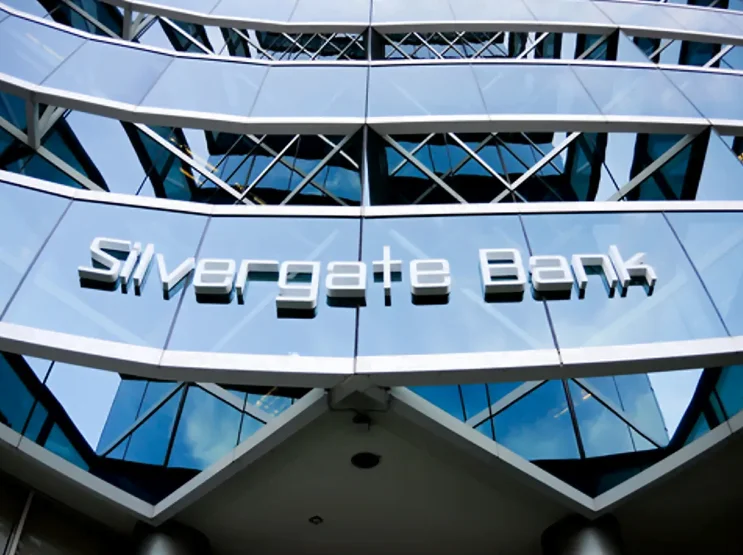Following the filing of a bankruptcy petition by BlockFi, the share price of the bank fell by 11% on Monday, landing at $25.90.

In a press release issued late on Monday, Silvergate Capital (SI) stated that its total digital asset deposit relationship with BlockFi, which filed for Chapter 11 bankruptcy protection on Monday, is less than $20 million of its total deposits from all digital asset customers as of November 28. BlockFi is the company that filed for bankruptcy protection on Monday.
BlockFi is not a custodian for Silvergate’s SEN Leverage loans that are backed by bitcoin. So far, these loans have worked as expected, with no losses and no forced liquidations. Silvergate doesn’t own any shares of BlockFi.
The crypto bank keeps a first priority lien and security interest on a cash collateral account that has $10 million in it for Silvergate’s benefit to support the ACH services that Silvergate gives to BlockFi.
Alan Lane, the CEO of Silvergate, said, “As the digital asset industry continues to change, I want to stress that Silvergate’s platform was built to handle stress and volatility.” “The SEN continues to work as planned, and our support teams are available 24 hours a day, 7 days a week to help our customers through this tough time.”
Recently, there have been a lot of false and misleading things said about the crypto bank. Silvergate points people to its recent press releases, which can be found in the Investor Relations section of the Company’s website at https://ir.silvergate.com, as well as its most recent Quarterly Report on Form 10-Q and other filings with the Securities and Exchange Commission.
“BlockFi is not acting as a custodian for any of Silvergate’s bitcoin-collateralized SEN Leverage loans at this time. These loans have, up to this point, continued to function as predicted, sustaining no losses and avoiding any forced liquidations. There are no stakes held by Silvergate in BlockFi “The statement made by Silvergate included the following.
In the statement, Silvergate said that the bank “had been the victim of inaccurate and misleading assertions” about recent events, and the company asked individuals to visit its website in order to obtain factual information.
